Who are Gurkhas and why are they highly valued in the British Army
Categories: Nations
By Pictolic https://pictolic.com/article/who-are-gurkhas-and-why-are-they-highly-valued-in-the-british-army.htmlGurkhas are not a separate people, but a common name for a whole group of nationalities with Indian and Tibetan origin. They inhabit the foothills of the Nepalese Himalayas and are strikingly different from their neighbors. Gurkhas are brave, disciplined and hardy people. They are excellent warriors, which was appreciated by the British who colonized their homeland. For more than 200 years, representatives of this people have taken part in all military conflicts where Great Britain was one of the parties.
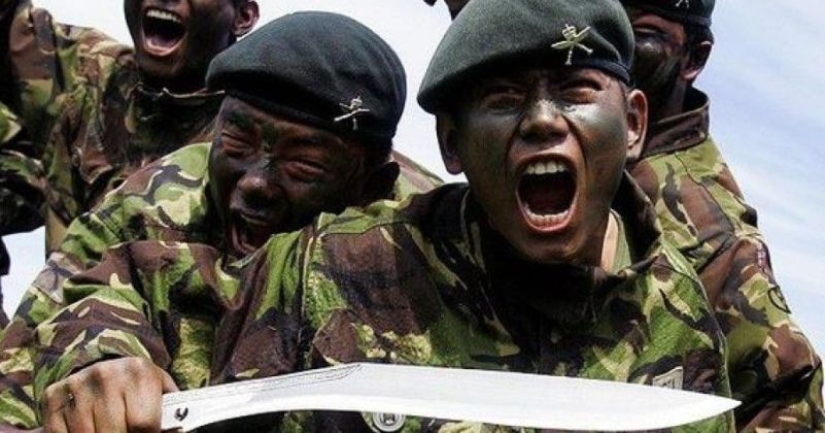
Gurkhas are not impressive in their appearance. They are not tall and do not have an impressive complexion. But those who had the misfortune to encounter them in battle will not want such a second "communication". Gurkhas are born warriors who know no fear, merciless to the enemy and faithful to their oath. They do not part with their kukri knives, which are more like a short sword.
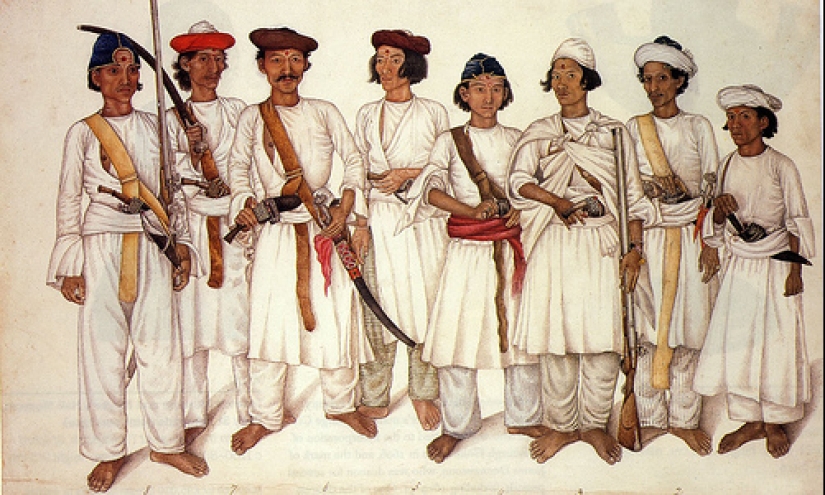
The main craft of Gurkha men for many centuries has been war. They were employed by the Indian rajahs during wars and conflicts. On the plains of India, low and harsh mercenaries were highly valued, never breaking their word. It is not surprising that when Britain colonized this region, the attention of the military department turned to this people.
The first units manned by Gurkhas appeared in the troops of the British East India Company in January 1815. The British immediately began to compare them with the Swiss.In the mercenary market, the Gurkhas occupied the same niche as the Swiss Landsknechts in Europe. However, many military experts believed that pampered Europeans are far from warriors from the mountains of Nepal.
Gurkhas have long lived in the Himalayas in separate tribes and clans. They were united in the 18th century by Rajputs fleeing from the terror of the Mughals. Having made an alliance with the local prince Prithvi Narayan, who headed the Gorkha principality, they descended from the foothills into the Kathmandu Valley and founded Nepal. Narayan's descendants led the country until 2008, when the monarchy was overthrown.
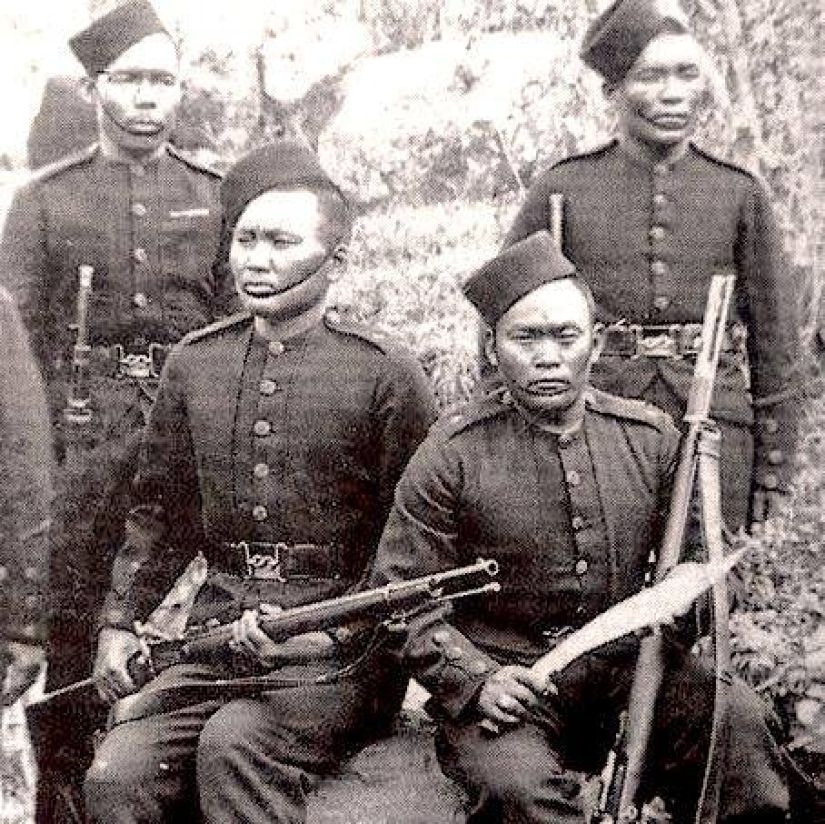
There are eight tribes in total, whose representatives are called Gurkhas. In the middle west of Nepal, in the mountains, there are Gurungs and Magars. Gurungs are closer in language and culture to Tibetans, and Magars are closer to Hindus. The Kirati inhabit the east of Nepal. This tribe is sometimes divided into two branches: paradise and limba. They live separately, on two sides of the Arun River. They look more like Mongoloids than other Gurkhas, but they speak the languages of the Tibeto-Burmese group.
Sunwars live near the Rai tribe. They are few in number and were once one with the Magars. This branch of Gurkhas professes an unusual mixture of Hinduism, Buddhism and local paganism. North of Kathmandu, the Tamangs and two other branches descended from India settled. Their ancestors were the Thakura brahmins and the chetri kshatriyas.
Of all the tribes, the Magars are considered the most warlike. According to information received in 2010, there are as many as 21% of them among the mercenaries. There are slightly fewer people from the Rai people in the service — 20%, as well as Gurungs — 18%. The Tamang tribe closes the list, which sent only 6% of men to the troops.
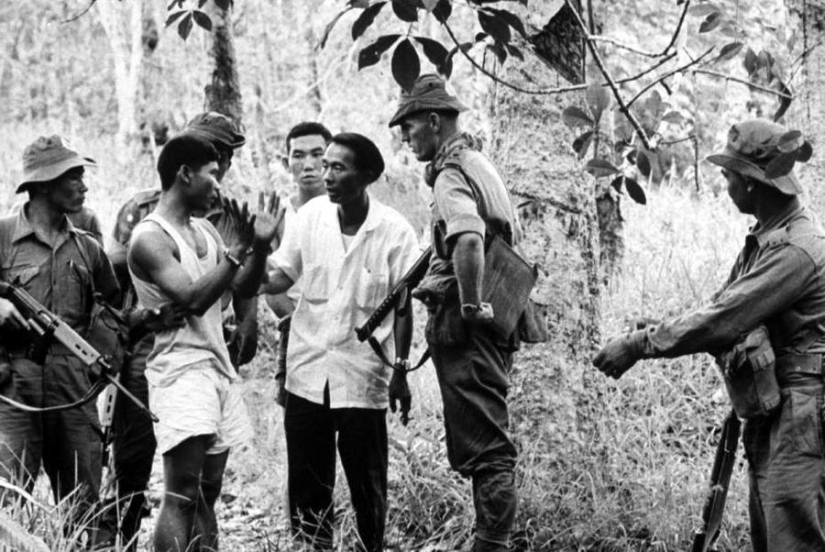
In 1814, the Anglo-Nepalese War broke out. During its course, the proud Britons had to repeatedly suffer defeat from people who were called Gurkhas. The British admired the opponent, who was much less armed, but resisted with dignity. The Gurkhas despised death and fought to the last, trying to take as many opponents to the next world as possible.
In addition, the British were surprised by the high learning ability of the highlanders. They quickly adopted the enemy's military techniques and successfully used them in battle. At the beginning of 1815, the British commander, Major General David Ocherloni, ordered the formation of the first detachments of captured Gurkhas.
Already in February, the British colonial army was replenished with Sirmur battalions of 800 Gurkhas. The unit was headed by Lieutenant Friedrik Young. In April, the Nasiri battalion appeared under the command of Lieutenant Peter Laut. On April 14, 1815, in the Battle of Malaun, Laut's battalion made a successful night attack. This event finally established the authority of the Gurkhas in the British Army.
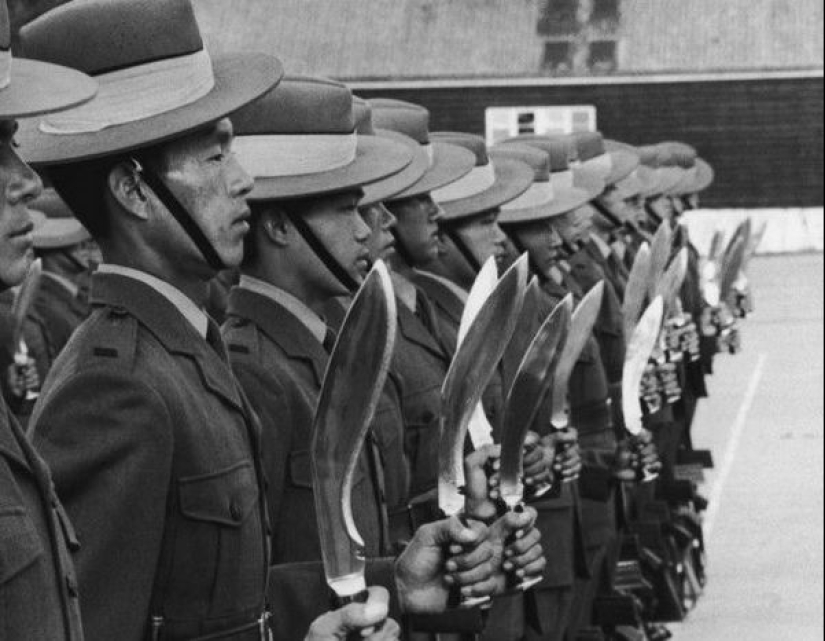
By the end of the war, in 1816, more than 5,000 Gurkhas had already served the Queen. In the peace treaty summarizing the results of the war, there was a clause according to which the monopoly of the British East India Company to hire Gurkhas for military service was fixed. Brave warriors from Nepal helped the British in the war with equally valiant Sikh warriors. Gurkhas also fought in Burma, Malaya, Cyprus, China, Tibet and in all the Afghan wars.
At the beginning of the 20th century, a large-scale reform was carried out in the British colonial army. Its author, the commander-in-chief of the Indian Army, Kitchener, put the Gurkha units in order. From numerous but scattered detachments, 10 ethnic regiments were composed. The army was constantly replenished by highlanders and by the beginning of the Second World War, there were up to 14% of them in the British Indian Army.
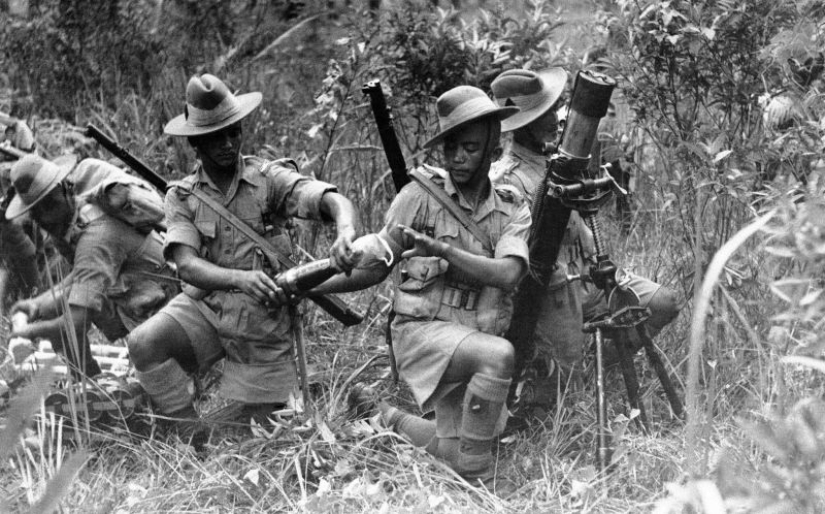
Gurkhas fought bravely on the battlefields of two world wars. During the First World War, they were involved in the largest battles in Europe. During the Second World War, they operated mainly in Southeast Asia, on the territory of Burma captured by the Japanese. The losses of the Gurkhas in the two largest military conflicts of the 20th century amounted to 52 thousand people. 5 thousand fighters received combat awards.
The soldiers of the Gurkha regiments received 25 Victoria Crosses. However, 13 of them went to British officers. The first to receive a high award was Kulbir Thapa from the 2nd battalion of the 3rd Regiment, who accomplished the feat in 1915 in France. Many soldiers and officers became holders of other orders and medals.
After they started talking about the independence of India, there was a question about the fate of the Gurkhas. A good idea came to the Commander-in-chief of the Indian Army, Field Marshal Claude Auchinleck. He suggested that London leave the Nepalese as part of the troops, but form something like a Foreign Legion out of them.
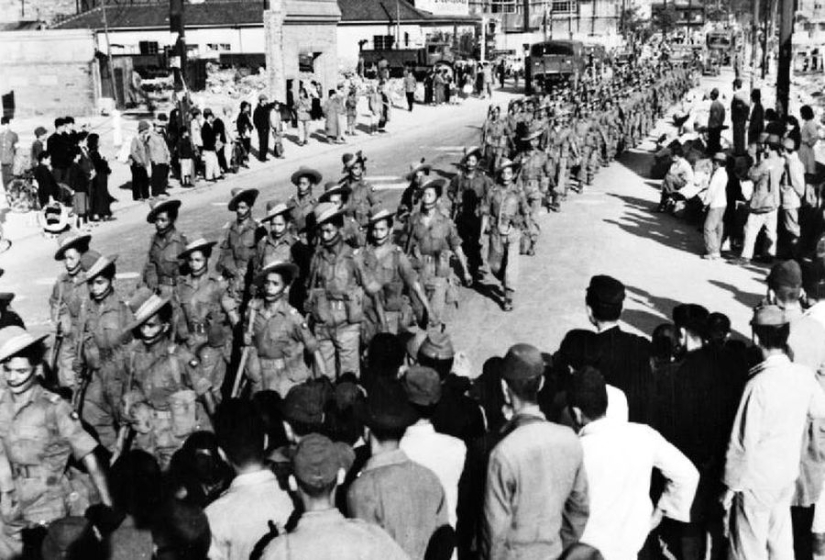
On August 8, 1947, a few days before the declaration of independence of India, it was decided to divide the Gurkhas between the British and Indian armies. The British had 4 regiments, and 6 more became part of the Indian armed forces. At the same time, everything happened honestly — a referendum was held among the soldiers of 5 British regiments. In the course of it, it turned out that not all soldiers want to join the British. They formed a separate regiment from them and handed it over to the Indians.
On November 9, 1947, a trilateral treaty was signed by Great Britain, India and Nepal. It contained several important provisions for the Gurkhas. The most significant thing is that all parties recognized the mercenaries as citizens of Nepal. From that moment on, any Gurkha was hired to serve in any army, as a Nepalese, and also retired. A special provision was the ban on the use of these warriors against Hindus.
Since 1953, the UK has been recruiting Gurkhas exclusively in Nepal. The requirements for candidates are quite strict, given the specifics of the region. The army takes men from 17.5 to 22 years old with a height of at least 160 cm, weighing at least 50 kg and chest coverage of 79 cm. Candidates must have at least 6 grades of education and excellent health. Only at the first stage, out of 11 thousand applicants, no more than 800 remain. They are called to recruitment centers, where further selection is carried out.
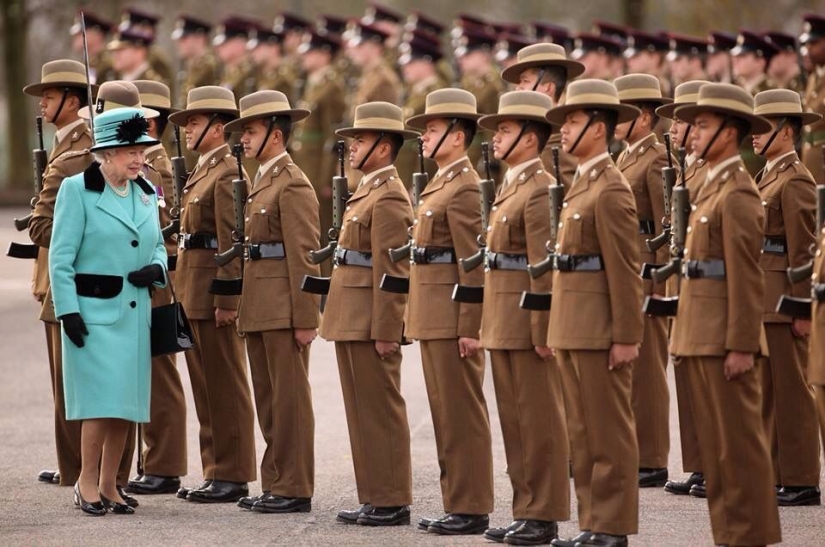
In the centers, young Gurkhas are tested for physical fitness and knowledge at the level of the school curriculum. The knowledge of the English language is also checked, without which the British army cannot do without. As a result, 250 people are tested. Of these, 170 join the ranks of the British army, and another 80 enlist in the Singapore army.
Recent articles

The calendar says that summer is coming soon. And with it-vacation, sea, cocktails and all that. But the closer the arrival of the ...

Scientists at the University of Birmingham have proven that music is a great helper in increasing productivity and concentration, ...

First, it is beautiful. Secondly, it is really fascinating. These sifco just cut different objects, but looking at these, you may ...